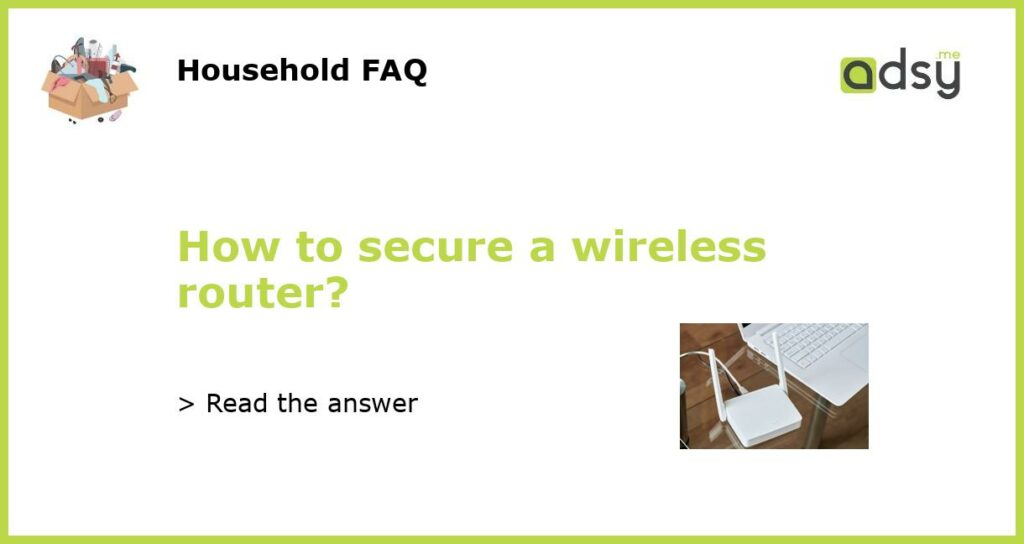Why is it important to secure your wireless router?
Securing your wireless router is essential to protect your home network and personal information from unauthorized access. Without proper security measures in place, hackers can gain access to your internet connection, steal your personal data, and even infiltrate your devices. By securing your wireless router, you can prevent these risks and ensure a safe and private online experience.
Change the default admin password
One of the first steps in securing your wireless router is to change the default admin password. Most routers come pre-configured with a default password, which is widely known and easily exploitable by hackers. Changing this password to a strong and unique one is crucial to prevent unauthorized access to your router’s settings. To change the admin password, access your router’s web interface by entering its IP address in a browser and locating the administration or settings tab. From there, you can change the password to a combination of letters, numbers, and symbols that is difficult to guess.
Enable network encryption
Enabling network encryption is another important step in securing your wireless router. Encryption protects the data transmitted between your devices and the router, making it unreadable to anyone who intercepts it. The most commonly used encryption protocol is Wi-Fi Protected Access 2 (WPA2), which provides a high level of security. To enable WPA2 encryption, access your router’s web interface, locate the wireless settings section, and select WPA2 as the security mode. Create a strong Wi-Fi password that includes a combination of uppercase and lowercase letters, numbers, and symbols. This password will be required for any device attempting to connect to your wireless network.
Disable remote management access
Many wireless routers have a remote management feature that allows you to access and configure your router’s settings from anywhere on the internet. While this can be convenient, it also poses a security risk. If a hacker gains access to your router’s remote management interface, they can change settings, view your internet traffic, and even control your network. To prevent this, it is recommended to disable remote management access completely. This can typically be done by accessing your router’s web interface, navigating to the administration or settings tab, and disabling the remote management option.
Keep your router’s firmware up to date
One often overlooked aspect of router security is keeping the firmware up to date. Router manufacturers regularly release firmware updates to fix bugs, patch security vulnerabilities, and improve overall performance. By keeping your router’s firmware up to date, you ensure that you have the latest security patches installed and reduce the risk of potential attacks. To update your router’s firmware, visit the manufacturer’s website and download the latest version for your specific router model. Then, access your router’s web interface and navigate to the firmware update section. Follow the instructions provided to install the update, which may require restarting the router.






